Originally posted by Spatial101
View Post
I'm quite tempted to get one of these now, as I also thought that the PS3 was meant to be a quality player.
Do you know if this player decodes dts-hd and the various other HD sountracks? As my amp doesn't, I might have to stick with the PS3.



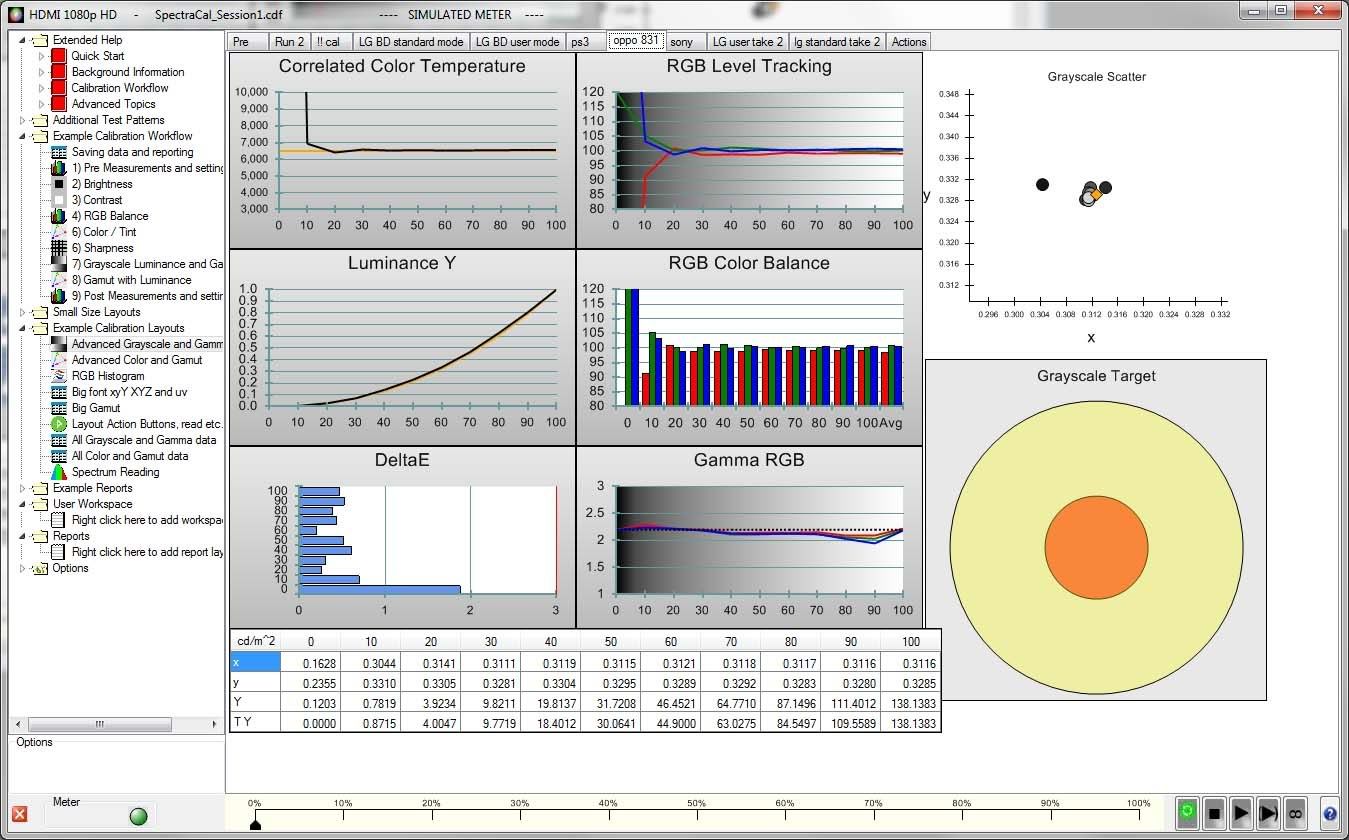
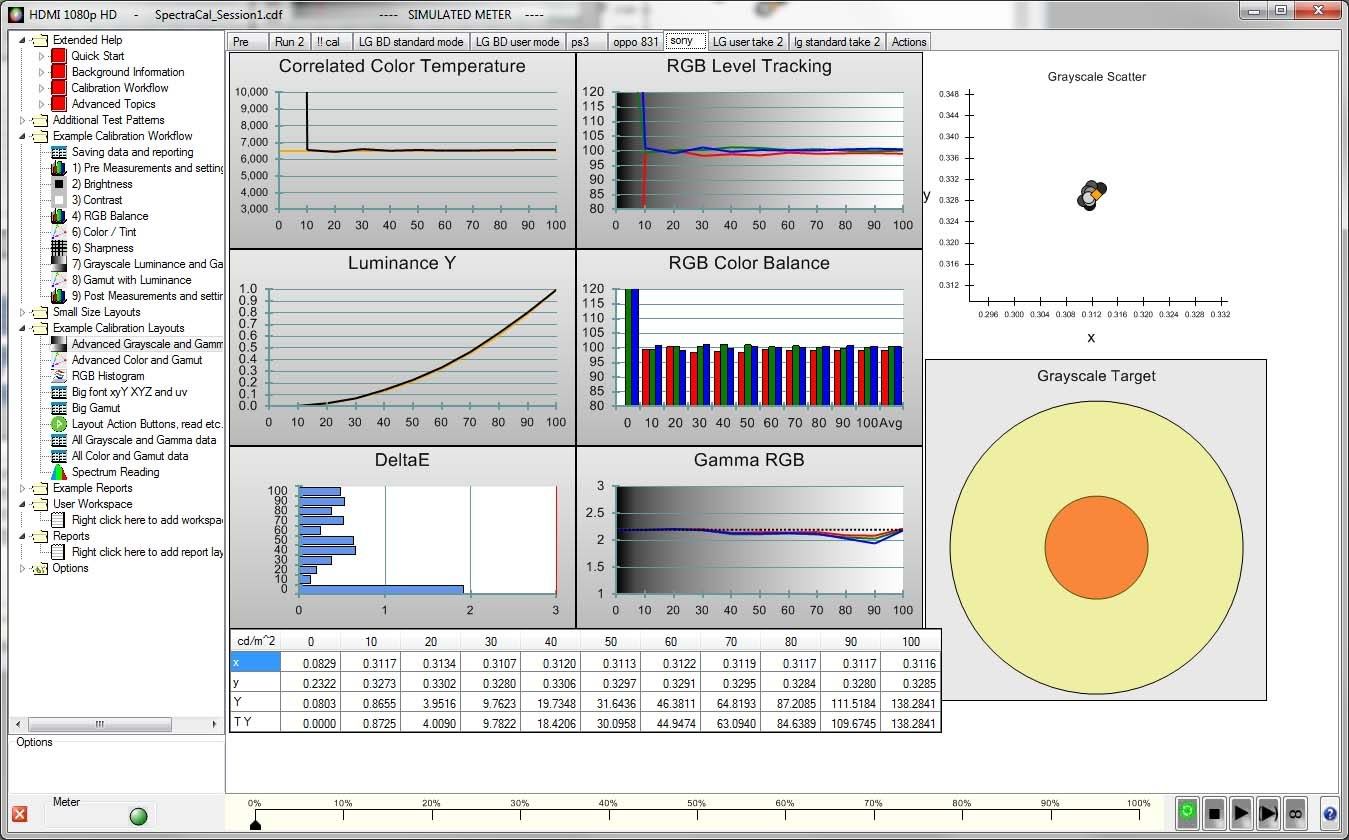



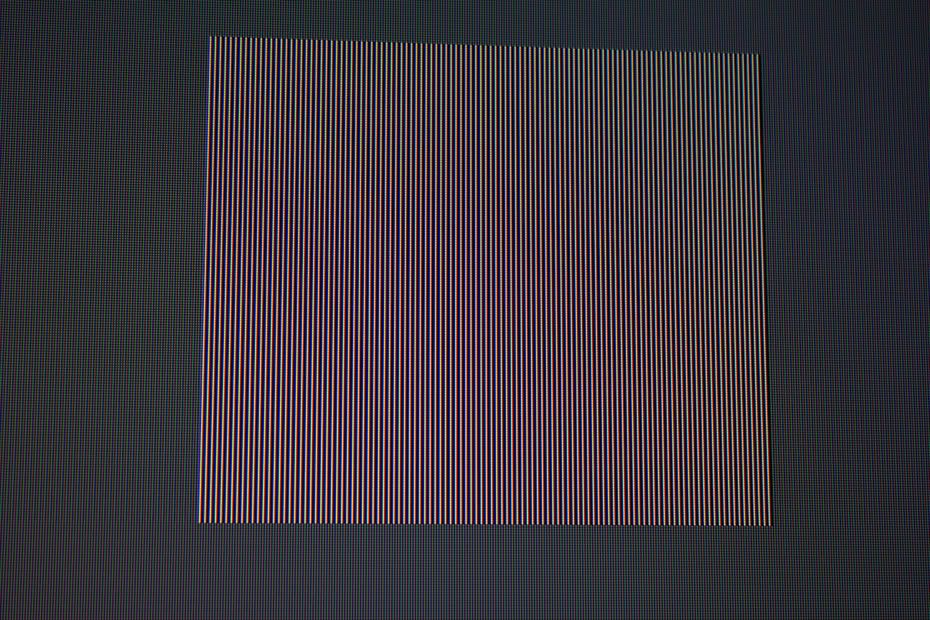
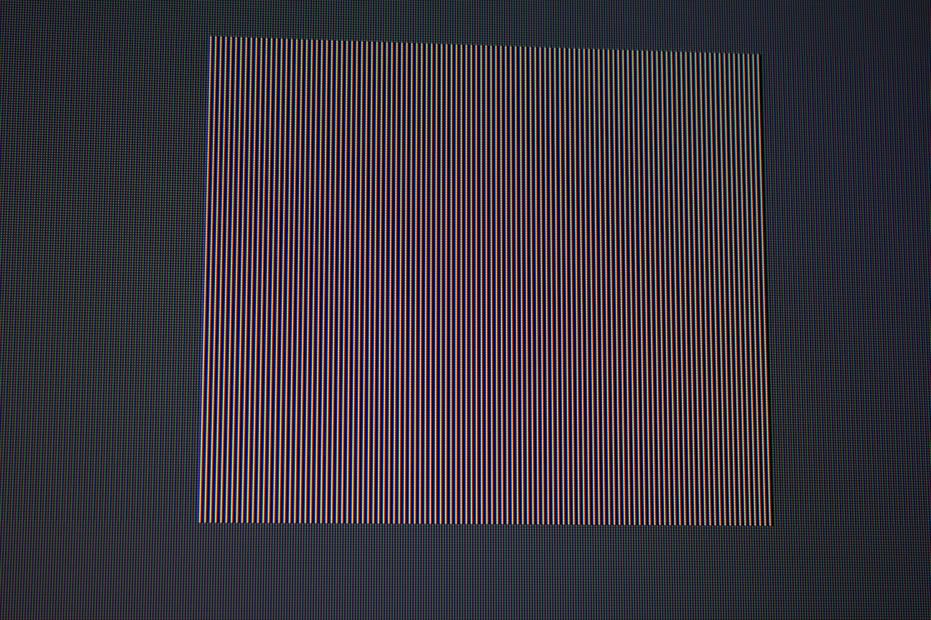
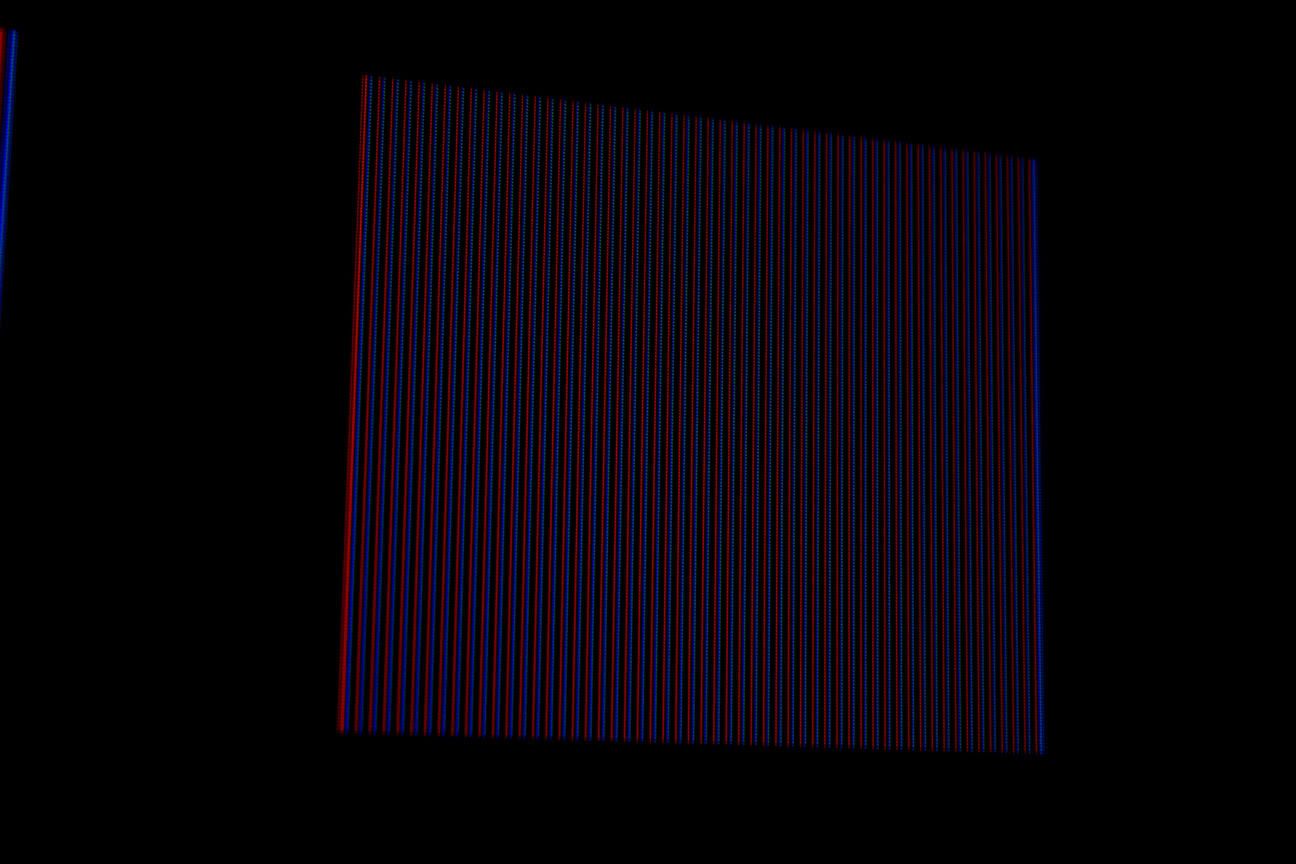
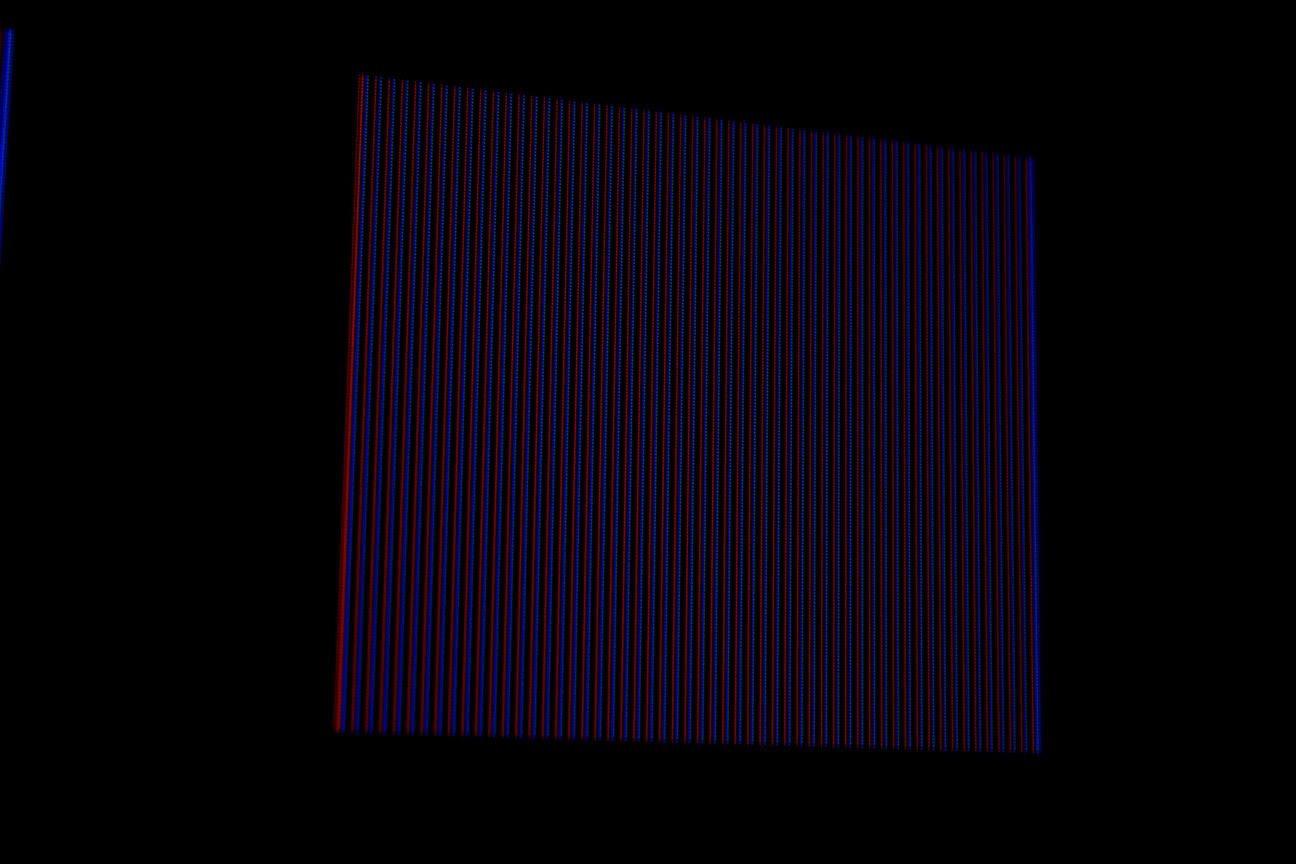



Comment